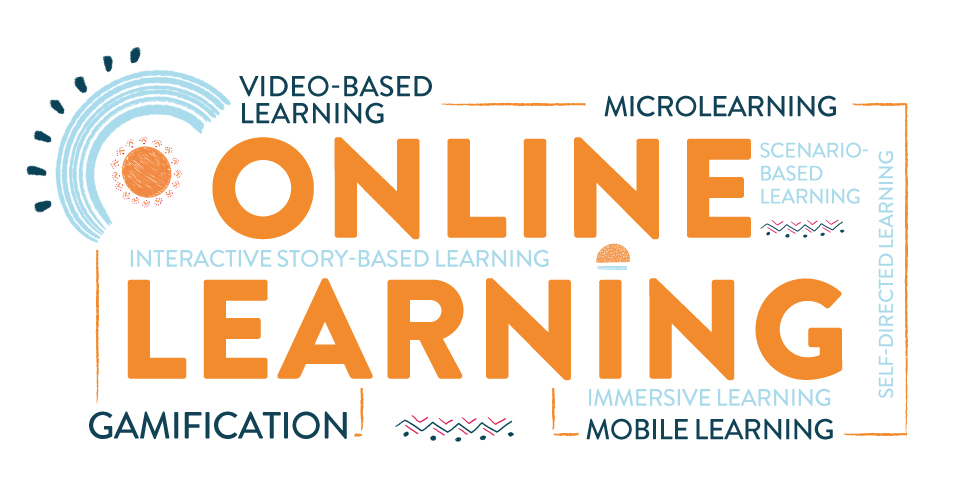As technology advances, the world around us adapts. The education space is no different and for many years now, e-learning opportunities have been growing in popularity. During the onset of COVID-19, as schools and offices closed, online education became the norm overnight. Using e-learning resources to meet the needs of corporate training post COVID-19 is an option many businesses may want to consider.
Evolving the Workforce through Corporate Training Post COVID-19
Unfortunately, the toll of the pandemic is being felt in rising unemployment numbers. This means many employees may find themselves needing to adapt within their roles to accommodate staff changes at their company. Training is essential for helping employees adjust during this transitional process. Whether or not a company is currently operating remotely or in-office, e-learning can be beneficial to the corporate training process.
According to the McKinsey Global Survey, 87% of executives reported experiencing, or expect to encounter in the coming years, skill gaps in the workforce. E-learning can help fill in these gaps and can extend corporate training opportunities far past the office.
The Benefits of E-Learning for Corporate Trainings

Whether or not a company requires corporate training post COVID-19 be done remotely or in-person, there are two major benefits of e-learning worth considering. E-learning training is both cost- and time-efficient. Reusing training content and removing the need for a valuable employee to conduct training will save time and money, especially down the road once more and more employees have used the e-learning training materials. It’s easy to see why, even before the pandemic hit, 98% of all companies were planning to be using e-learning by 2020.
Speaking of saving both time and money, good e-learning training can help retain employees. Forbes found that 40% of employees who did not receive sufficient training left their job within the first year. If you invest in creating solid digital training processes, you may just find yourself with a more engaged, more skilled, and more satisfied workforce.
Taking Advantage of Learning Trends
For corporate training to succeed, practical training that prepares employees for their actual job is necessary. Gamification is a fun and rewarding example of how e-learning can be optimized to help employees succeed. E-learning courses can utilize gamification techniques to train and engage employees through game thinking and game mechanics that encourage the learner to solve problems.
Businesses can take advantage of e-learning trends that equip their remote employees to learn new material and apply what they’ve learned to their work quickly, all while allowing them to gain access to educational content and aids. These e-learning trends include: mobile learning, microlearning, gamification, and video-based learning.

A World of Opportunities
Another door that e-learning opens up for corporate training post COVID-19, is the ability to provide training to employees in their native languages. When employees learn information in their native language, they’re likely to have a better comprehension of the material. It’s less likely that they’ll have to worry about terminology or some piece of key information falling through the cracks.
The proper translation of corporate training materials is a great step to take towards a more skilled workforce.









